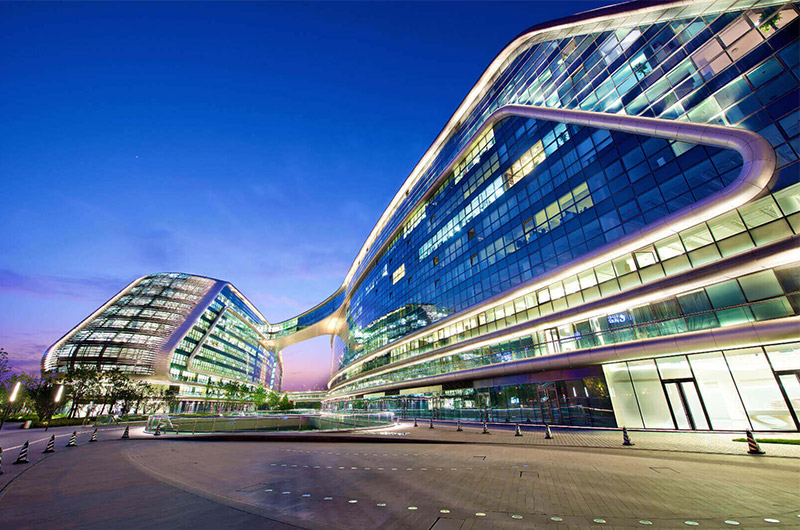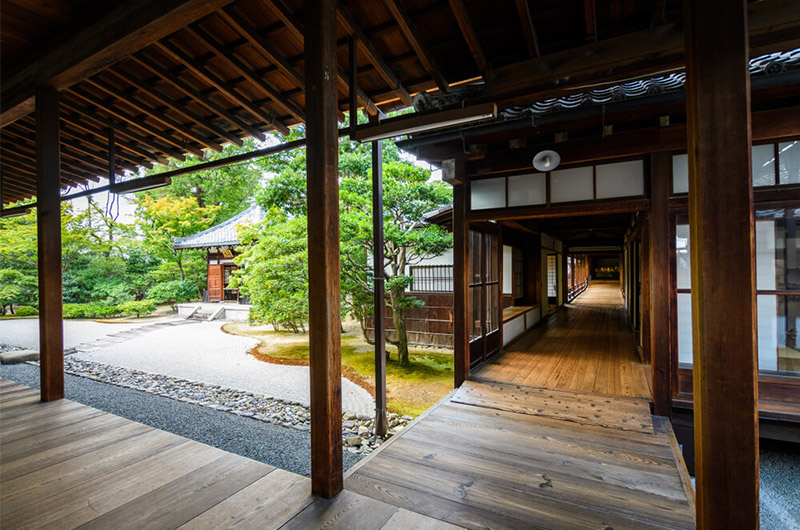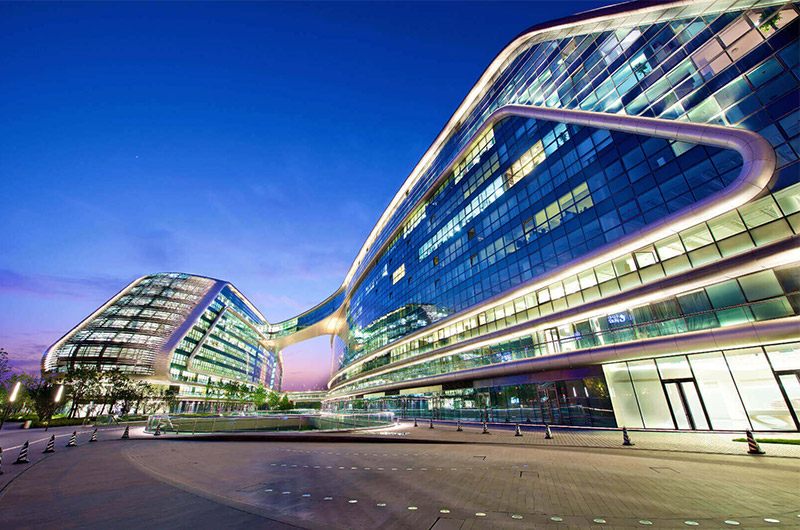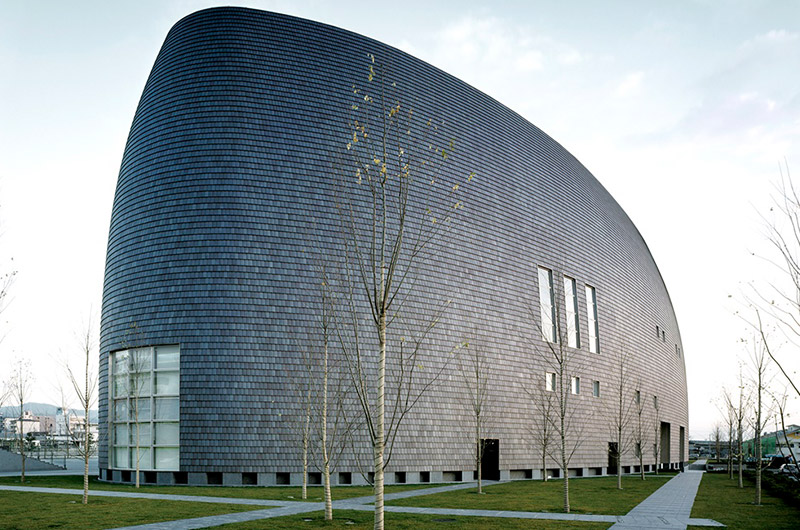INFORMATION ABOUT THE FUTURIST ARCHITECTURE

Futurism; comes from the English word "future", which means "future". It was used by Italian artist Filippo Tomasso Marinetti in the early 1900's, in the Industrial Age. More protest has emerged as an art movement. Everything about the future; It is a discipline like history that examines and examines sociologically, economically, psychologically, ecologically and technologically.
Futurism, in its simplest definition, is a positive future design, futurist, designer of a positive future. It is the goal of the future to create a sustainable future. The futurist is positive, progressive, innovative, visionary for himself and all humanity, helping people, institutions and societies to create a useful and effective roadmap, knowing that he is responsible for humanity, and aware of the fact that he should be the designer of the future, not the spectator of the future. are people.
Italian futurist architect Antonio Sant'Elia presented his architectural ideas and projects about modernity in his work "La Citta Nuova (New City)". According to San't Elia, 'city' is a background screen where the dynamism of futurist life is realized and reflected. Among the futurist architectural buildings that have been used in molds to the present day are Trento Train Station designed by Angiolo Mazzoni and the "Santa Maria Novella Train Station", the main station of Florence, designed by Gruppo Toscano, a group of architects.
As futurist architectural features; We can call it mobility and dynamism. It is a design language in which forms go beyond plain and plain design lines and reach curved lines. Movable forms emphasize the limitlessness with the expression that ensures the continuity of the structures. It is connected with technology and science. The futuristic architecture that emerges with the development of technology is based on nature. It offers people by creating structures intertwined with nature. The application of the scientific method to society is seen as something people do not think much about. However, the answers contain the basic features of futuristic architecture that affect design and include nature. scientific methods may change. As they change, they change in the future and form the basis of futuristic architecture.
You can get more detailed information on the subject from the book "T-İnsan" written by Ufuk Tarhan. I think it is a book that tells about our future and what awaits us and everyone should read and learn.










